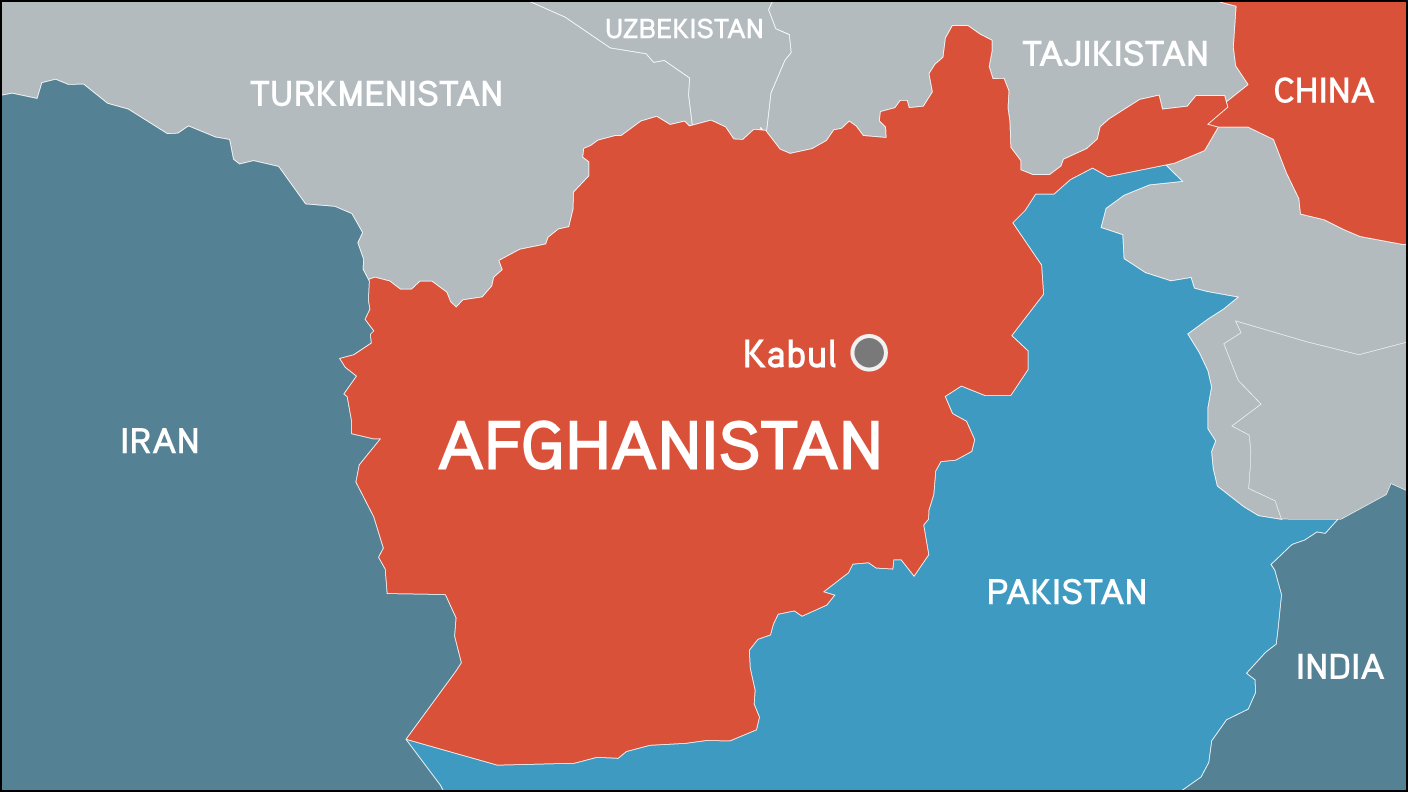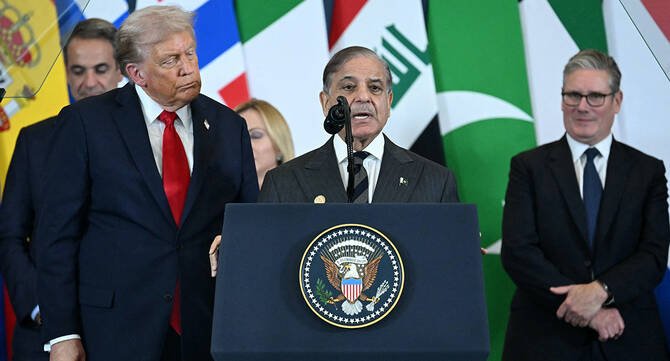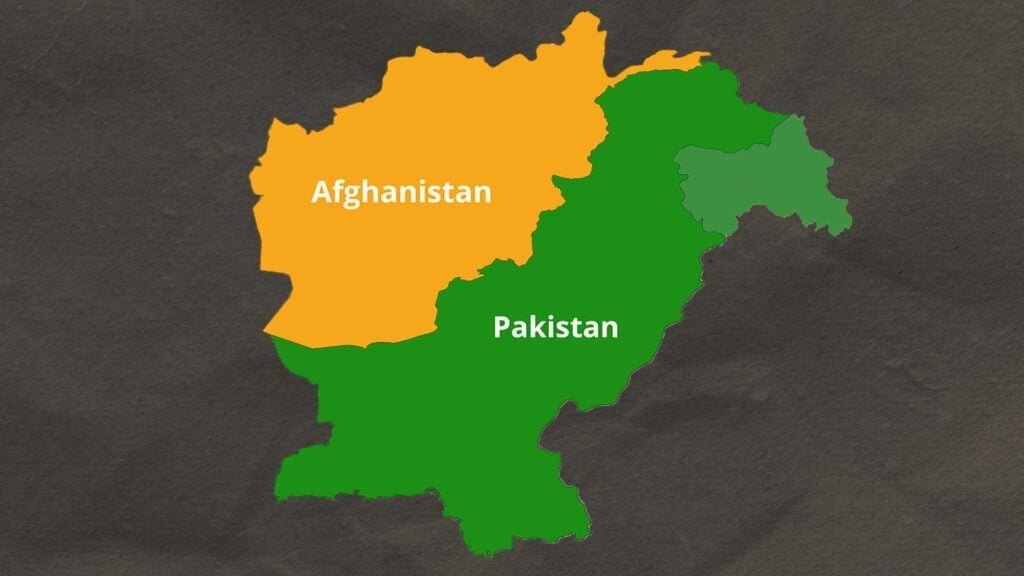Oil prices saw a decline on Monday following US President Donald Trump’s renewed call for the Organization of the Petroleum Exporting Countries (OPEC) to lower oil prices. This comes in the wake of his announcement of measures aimed at increasing US oil and gas production in his first week in office.
Brent crude futures fell by 53 cents, or 0.68%, to $77.97 per barrel by 0430 GMT, after having settled 21 cents higher on Friday. Meanwhile, US West Texas Intermediate (WTI) crude dropped by 50 cents, or 0.67%, to $74.16 per barrel.
Trump’s comments, made on Friday, echoed his previous demand for OPEC to reduce oil prices, arguing that such a move would hurt oil-rich Russia’s finances and potentially bring an end to the ongoing war in Ukraine. “One way to stop it quickly is for OPEC to stop making so much money and drop the price of oil … That war will stop right away,” Trump stated. He also warned of potential sanctions, tariffs, and taxes on Russia and other countries involved if a deal to end the war in Ukraine isn’t reached soon.
Russian President Vladimir Putin responded on Friday, suggesting a meeting between himself and Trump to discuss both the Ukraine conflict and global energy prices. Experts, such as John Driscoll from JTD Energy in Singapore, believe that the actions are positioning both sides for future negotiations, contributing to volatility in oil markets. Driscoll added that Trump’s push for increased US oil output could potentially challenge OPEC’s market share, making him a competitor in the global oil market.
Pl watch the video and subscribe to the YouTube channel of republicpolicy.com for quality podcasts:
Despite Trump’s calls, OPEC and its allies, including Russia, have yet to respond to his demands. OPEC+ representatives pointed to a plan already in place to begin gradually raising oil production starting in April.
Oil prices had experienced their first weekly decline in five weeks, largely due to easing concerns over sanctions potentially disrupting Russian oil supplies. Goldman Sachs analysts have stated they don’t foresee a significant drop in Russian production, as higher freight rates have led to more non-sanctioned ships moving Russian oil, and the discount on Russian ESPO oil grades continues to attract price-sensitive buyers.
However, JP Morgan analysts have noted that a certain level of risk remains, given that nearly 20% of the global Aframax fleet is facing sanctions. They argue that sanctions on Russia’s energy sector could be used as leverage in future negotiations, suggesting that a zero-risk premium for Russian oil is not justified.
In another development, the US reversed its plans to impose sanctions and tariffs on Colombia after the South American country agreed to accept deported migrants from the United States. This decision could have impacted oil supply, as Colombia sends about 41% of its seaborne crude exports to the US.
Overall, the oil market remains volatile, with geopolitical tensions, sanctions, and shifting energy policies contributing to fluctuations in prices. The balance between US energy ambitions and OPEC’s control of the market will likely continue to shape global oil dynamics.














